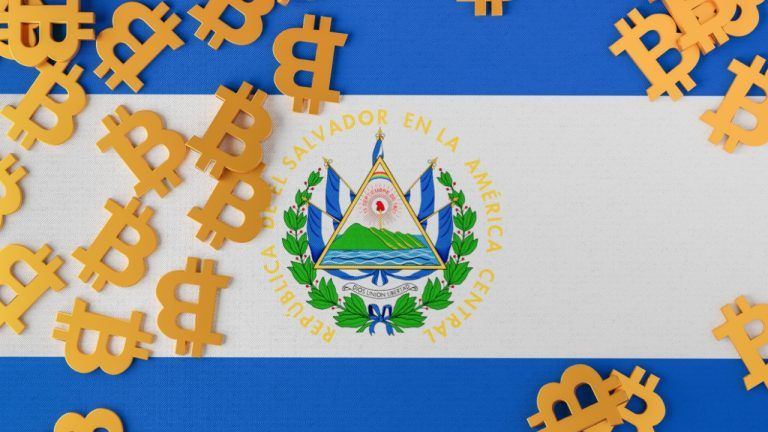The Need For Decentralized Digital Identity


The post The Need For Decentralized Digital Identity appeared first on Coinpedia Fintech News
The entire Web2 ecosystem has often been marked with security incidents that end up disclosing the personal information of its users. Several Tech Giants have either been exploited or have intentionally sold user data. Centralized storage has often compromised user data.
However, Web3 allows you complete control over your digital identity. It lets you restrict, deny or allow partial access to your data. Overall, the user is in complete control here. Further, there is decentralized storage which secures your data more effectively.
Security Lapses in Web 2.0
Data breaches, phishing, ransomware attacks, and DDoS are just a few among many incidents that mark the Web 2.0 ecosystem.
Between 2013-14, Yahoo suffered two massive data breaches that exposed the data of several hundred million users.
In 2014, hackers gained access to the iCloud accounts of several celebrities. This incident resulted in several leaked photos and videos. Famous celebrities like Rihanna and Jennifer Lawrence were the ones among those affected.
In 2017, Equifax lost the data of 143 million users following a data breach. The data contained sensitive information such as Social Security numbers, date of birth, and email addresses.
In 2018, BBC reported that Facebook had done data-sharing deals. It paid a staggering $725 million asfine.
In 2021, Bureau Veritas, a laboratory testing company, was compromised, resulting in the loss of confidential information about its clients.
Such incidents hurt thousands of users financially and socially and also erased the trust of millions of others. Identity theft amounts to 25% of financial fraud and similar crimes, according to the US Govt. agency Federal Trade Commission.
When we look at the fundamentals of these hacks, data breaches, and cases of sold-off information, we find one common thread that connects them all.
Centralized storage of information, especially for sensitive data (like digital identity), makes it very easy for hackers to get unauthorized access to them. There are several other problems like:
- Limited Flexibility. Your information can only be as broad as the service provider allows. The flexibility of sharing data, such as totally, partially, or denied, also depends on the service provider.
- Limited Accessibility: Your data can only be accessed from a certain device(mostly a desktop or laptop). You might not be able to access it during vacations, during commutes, or travel.
- Systems Failure: Failure in electricity, natural disasters, theft, and negligence can put the service provider’s system at risk and makes your data vulnerable.
What is the Solution?
Digital identity can be stored far more effectively in a decentralised manner using Blockchain Technology. It offers several core advantages and numerous other benefits.
- Greater transparency as data that is stored on the blockchain is immutable.
- Data is anonymous, can only be paired with users when the user wants and is not at the service provider’s mercy.
- There is no single point of failure. Several nodes secure the blockchain, and even one single running node can run it if all others are down.
- Increased security because blockchains require the consensus of a majority of nodes to approve an action as legitimate.
- Greater user control because no single entity has control over the data.
- Improved accessibility as nodes are often spread worldwide. Users can access the data from anywhere through a node.
Case Study – ShareRing, a Blockchain-based Digital Identity Security Tool
Better user experience and greater user control are at the core of Web3. Just a simple technology offering is not enough to encourage users to move from Web2 to Web3. The migration process also has to be easy.
ShareRing is a Web3 data solution that leverages blockchain technology to store data in a decentralized way. No central entity ever controls the data, not even ShareRing. The data is stored on a blockchain called ShareLedger. ShareRing also stores user-related data, such as Govt ID used during verification, only on the user’s phone. ShareRing does not control the data.
Further, ShareApp helps you establish your digital identity and help prove your credentials. This is done through blockchain tokens which, when transferred in a specific way, establish your credentials. ShareRing also helps easy user onboarding that enables even the most novice Web3 user to create a secured digital identity. ShareRing has also focussed on user-level customization, allowing users to customize the user interface according to the information they prioritize.
ShareRing lets users use their service to establish digital identity even in Web 2.0. This helps those users who also need Web 2.0 or user who need more time to migrate.
Conclusion
Digital Identity is a core part of a user’s online life. Securing it becomes a critical need for a secure digital life. Web 2.0 uses centralized identity storage that is owned by single entities, which cannot keep even the most sensitive data safe.
Web 3.0 changes that with blockchain-based security that does not let any single entity control your data. The user becomes the true master of their digital identity, it proves your digital credentials and helps you establish your identity.

